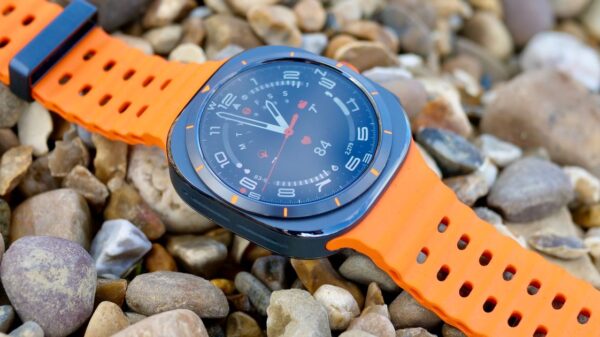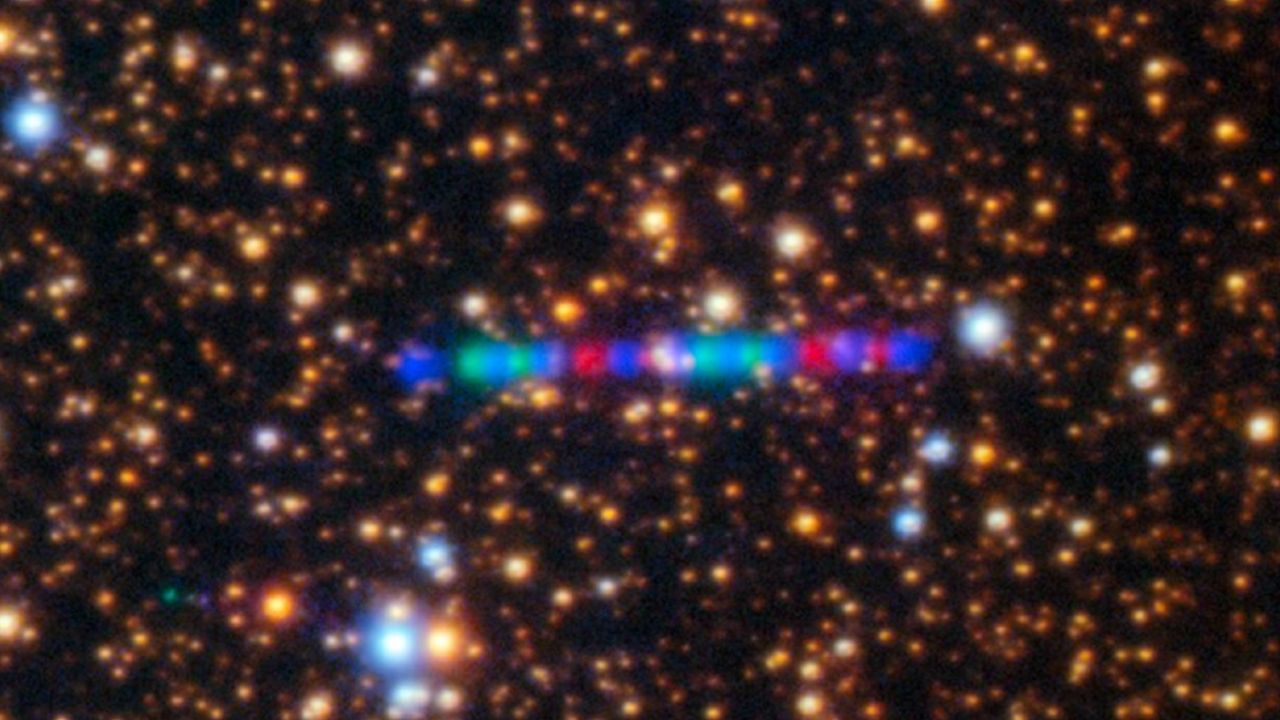In an exciting development for space exploration, two spacecraft—Hera and Europa Clipper—are poised to pass through the tail of comet 3I/ATLAS within the next two weeks. This interstellar object, first discovered in June, has sparked both scientific interest and speculation regarding its origins and behavior. A recently published paper by researchers Samuel Grand and Geraint Jones suggests leveraging these spacecraft to gather valuable data as the comet approaches the Sun.
Mission Details and Timing
Hera, currently en route to the Didymos-Dimorphos binary asteroid system, will have its observational window from October 25 to November 1. Meanwhile, Europa Clipper, destined for Europa, one of Jupiter’s moons, will have its opportunity from October 30 to November 6. Both spacecraft will pass “downwind” of 3I/ATLAS, allowing them to potentially detect ions released from the comet’s tail.
Despite the tight timeframe for preparation, the researchers are optimistic. The tail of comet 3I/ATLAS has been expanding significantly, with recent observations indicating a substantial release of water particles. As the comet approaches its perihelion on October 29, its tail is expected to grow even larger.
Challenges and Opportunities
To assess the potential for data collection, the researchers utilized a model called “Tailcatcher,” which predicts the trajectory of cometary ions based on solar wind conditions. Their findings suggest that while both spacecraft will be millions of kilometers from the central axis of the tail—approximately 8.2 million kilometers for Hera and 8 million kilometers for Europa Clipper—they still fall within a range conducive to data collection.
While Hera lacks the instruments to detect the ions or magnetic structures associated with the comet’s tail, Europa Clipper is equipped with the necessary technology. Its plasma instrument and magnetometer could provide critical insights into the comet’s interactions with the solar wind.
The researchers acknowledge the constraints of timing and planning. It remains uncertain whether mission controllers will be able to adjust trajectories in time for the spacecraft to capitalize on this unique opportunity. If successful, they could become the first to directly sample the tail of an interstellar comet, marking a significant milestone in space exploration.
As the scientific community eagerly anticipates the results, the potential discoveries from this mission could reshape our understanding of interstellar objects and their behavior as they traverse our solar system.





































































